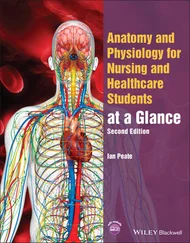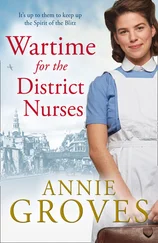Source: Cardiff University.
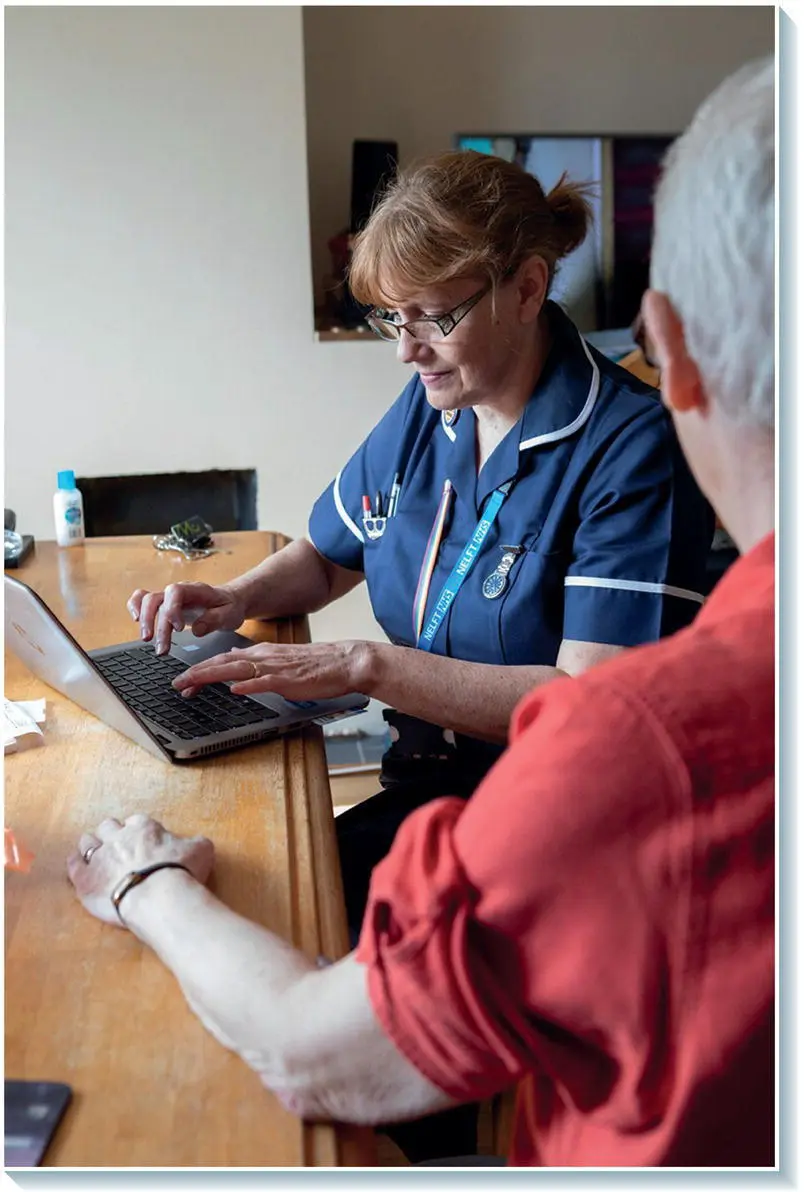
Figure 9.2 Working with a laptop or tablet to record and share patient notes.
Source: Cardiff University.
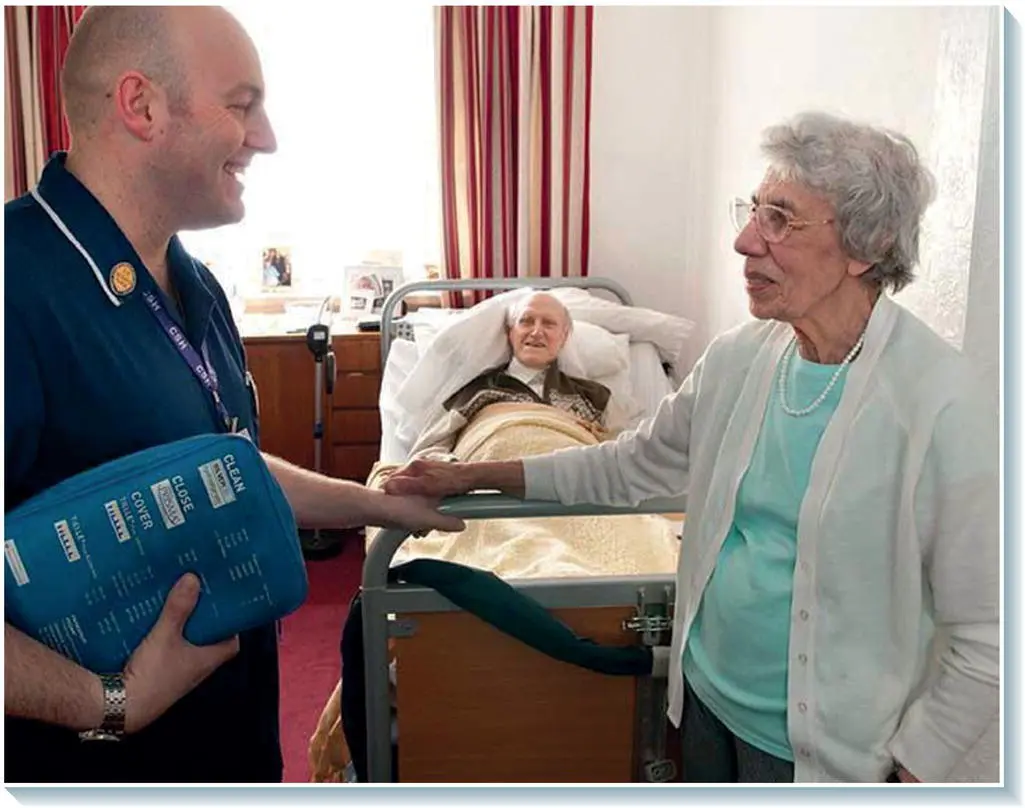
Figure 9.3 Developing good relationships with family members and carers is essential.
Source: Cardiff University.
Communication, verbal or non‐verbal, is at the heart of all our interactions in life. As nurses we are communicating daily between ourselves and other colleagues, with patients and their families and also with the wider community. Accurate communication is vital to ensure we give, receive and process information in a timely and appropriate way ( Figure 9.1).
The first meeting with a patient can significantly influence any future relationship one has with them, so it is vitally important to introduce oneself at this time. A simple, ‘Hello my name is …’ or ‘I’m …’ is usually sufficient, but always be prepared to offer official identification and ensure they have your contact details. This initial meeting is also the time to find out what the patient prefers to be called; some are happy with first names from the start, whilst others may prefer to be addressed as ‘Mr’ or ‘Mrs’. Always beware of using terms such as ‘love’ or ‘dear’; these may be perfectly natural in one area but some patients may find being addressed like this condescending or patronising.
At the first visit to a patient, assess if they have any issues that could act as a barrier to effective communication. Are they hard of hearing, poorly sighted or blind, do they have a speech impediment? Is English their first language? Appropriate body language is also very important when entering someone else’s home, and always be prepared to adapt your approach to the circumstances.
Simple things such as writing things down for patients who are hard of hearing may help; establish if they have a working hearing aid or if they need wax removing from their ear. For patients who are blind or poorly sighted there is a huge element of trust on their part to accept us for who we say we are and allow us into their homes. If their disability is known prior to a visit, then an initial telephone call may be useful as an introduction and to arrange a suitable time to visit. Patients who cannot speak may rely on talking devices or writing and it is important to give them time to express themselves ( Figure 9.2).
Increasingly, district nurses are caring for people, often elderly, for whom English is not their first language. Family members are usually able to help translate but occasionally it may be necessary to enlist the help of an official interpreter. This may be necessary when trying to discuss complex care such as end‐of‐life care planning where technical terms may be used, or to ensure a discussion is relayed without bias or concealment, or because of gender issues.
The relationship with a relative or family member is of equal importance to that with the patient themselves. They can be an invaluable source of information about the patient, particularly if that person has dementia for example. Relatives can be concerned about what we will discuss with the patient, particularly if a recent cancer diagnosis has been given, where they may ask that this information is withheld. Whilst this may be appropriate initially, it is important not to collude with the family and withhold information, as it may have an impact on care delivery. Ensure that patients and their relatives understand any medical terminology that has been given to them; patients may have been told that they have a ‘tumour’ but not understand that this could indicate a cancer diagnosis ( Figure 9.3).
It is important to reassure relatives that if a patient asks a direct question it will be answered as honestly and sensitively as possible. In many cases the patient is fully aware of their diagnosis and has not discussed it with their relatives in an attempt to protect them from bad news. Above all it is important to be totally honest. If they ask a question that you do not know the answer to, then say so and offer to find out for them.
Increasingly, district nurses are embracing mobile technology and moving to a paperless way of working. This means that recorded notes need to be accurate and contemporaneous, to ensure staff visiting afterwards have an up‐to‐date picture of events and care given. All assessments such as care plans, Malnutrition Universal Screening Tool (MUST) and Waterlow records may be available online with the only paperwork in a patient’s home being drug authorisation charts, catheter paperwork, syringe pump charts and end‐of‐life paperwork.
This way of working presents its own set of challenges. Connectivity can be a problem, particularly in rural areas, as can the device issued to the nurse. Some areas have small tablets or smartphones, whereas other areas may have cumbersome laptops. These devices can also be seen as a barrier to communication within a patient’s house: some patients may be suspicious of them and wonder what we are writing, whilst others feel inhibited by them. Whilst modern technology can be a wonderful tool it can also become a barrier to communication.
Much communication is still either face to face or via mobile phones and this is particularly so with other members of the multidisciplinary team such as GPs, Macmillan Nurses and social services. District nurses care for a hugely diverse community and good communication skills develop over time with experience, self‐awareness and reflection.
10 Initial assessment and collaborative working
Georgina Newbury, QN and Jayne Foley, QN
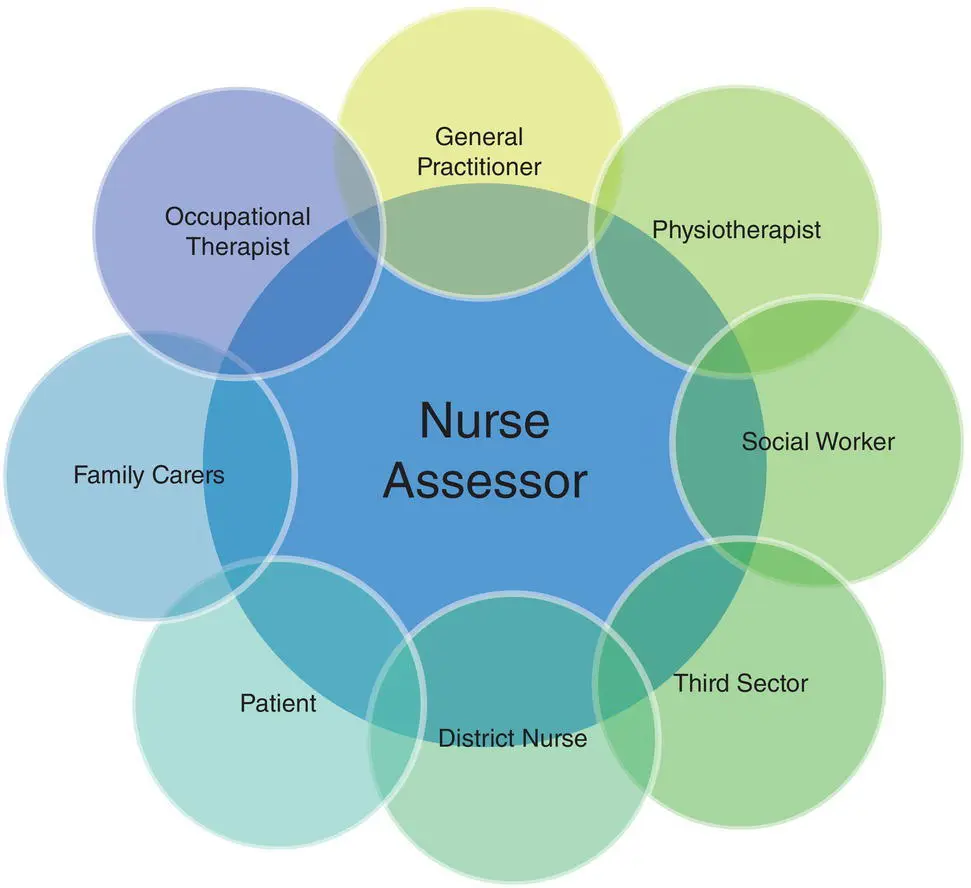
Figure 10.1 The multidisciplinary team.
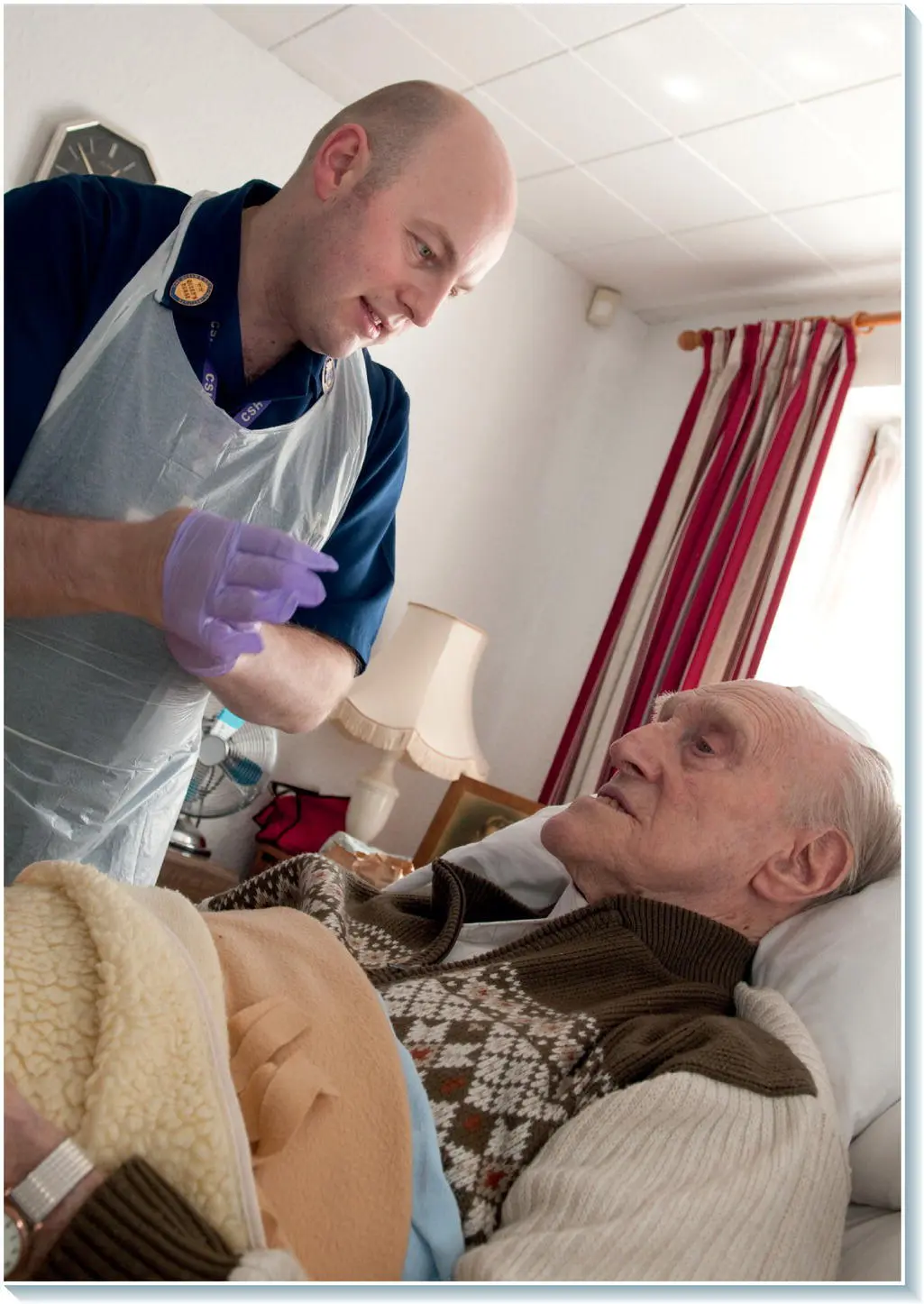
Figure 10.2 A district nurse visits a man living at home with complex healthcare needs.
The multidisciplinary team
The face of traditional community teams has changed over the past 5–10 years to meet the policy agenda of delivering care nearer to the patient’s home. Enabling frail elderly patients and those with complex care needs to remain in their own homes presents challenges. These challenges can only be met by using the combined individual skills of the inter‐professional team in a cohesive manner. How the teams look may differ within the four countries of the UK, but their underlying principles remain the same.
Inter‐professional teams (or multidisciplinary teams) often work best when physically based within the same location, allowing for easier communication and an appreciation of each other’s roles. These teams are made up of doctors, nurses, allied health professionals, social care services and, importantly but sometimes overlooked, the third sector of voluntary services, which can provide extra support and expertise. As with all team working, role dynamics are crucial to success. Traditionally, doctors have often been seen as the leaders of inter‐professional teams; however, within the community, district nurses are increasingly taking the leadership role as the key coordinators of care. They will be the first health professional within the team to meet with the patient with initial referrals coming from GPs, families and carers or other district nursing teams. Their responsibility is then to ensure that the right team members are informed of the patient’s needs and involved in planning their care in the most efficient, safe and appropriate manner.
Читать дальше









